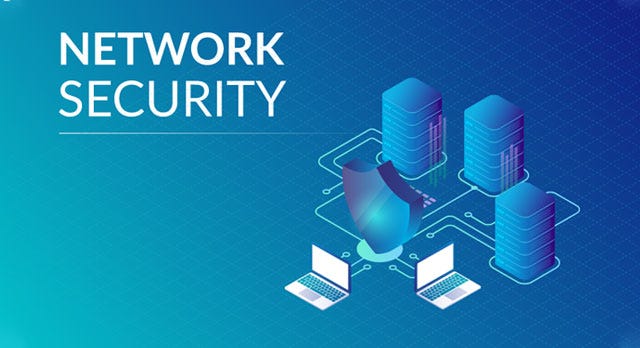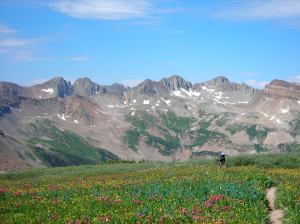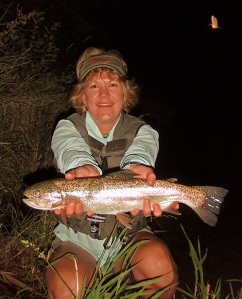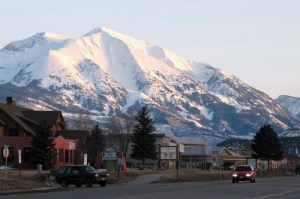
Network security is essential both in the business world as well as in the case of home networks. Anyone who is employed at the same physical location can be hacked and hijacked for extortion and other unlawful purposes, as was shown by the recent hack of JPMorgan Chase by hackers with the Federal Reserve Bank of New York.
Why did I mention this, since it’s a topic we didn’t even touch on in this article? The end result of any security-conscious network manager or employee is that security is not just an afterthought, but is almost required of them. This situation also holds true for home networks, as most home routers include default security mechanisms that are useless and pose great risks to your data, also if you want to improve your network security, there are services like Fortinet, which specialize in this area for homes and small businesses.
By installing your own router in your home or office, you can ensure the network security and privacy you expect, especially if the options are straight forward to understand and use. In our test, we tested the best router around for many of these reasons:
Sant Martí Flexible
The most flexible router is a high-end R7000. You can choose what packages you want, how much data you want to download, when you want to download, and your own VPN for privacy. You will also be able to get you VPN router without any free software at all.
The most flexible router is a high-end R7000. You can choose what packages you want, how much data you want to download, when you want to download, and your own VPN for privacy. You will also be able to get you VPN router without any free software at all. Affordable
Many of the cheap routers can’t really do what a high-end router can, but this can be a cheap router that really excels. You can get a router for less than $50. And if you’re on a budget, then you can get a $20 router with no restrictions for home use.
Many of the cheap routers can’t really do what a high-end router can, but this can be a cheap router that really excels. You can get a router for less than $50. And if you’re on a budget, then you can get a $20 router with no restrictions for home use. Quality
A wireless router comes with a firmware and hardware which should be working, so it’s a good bet that it will have superior performance than the cheapest router in the store. I’ve tested more than 50 different routers and routers and when I say good performance, I mean that they are all able to handle data transfer for at least 5Mbps, with two or three being able to handle 10Mbps.
A wireless router comes with a firmware and hardware which should be working, so it’s a good bet that it will have superior performance than the cheapest router in the store. I’ve tested more than 50 different routers and routers and when I say good performance, I mean that they are all able to handle data transfer for at least 5Mbps, with two or three being able to handle 10Mbps. Cheap
Many of the cheap routers, even a low-end $35 router, don’t really do anything right, other than sit there waiting for you to connect to them over the Internet. You will usually see no guarantees about security or speed, and you will usually have to pay a ridiculous amount of money in order to have access to your data on a home network.
 thereafter Pssshhhhh… 80 miles!
thereafter Pssshhhhh… 80 miles!





